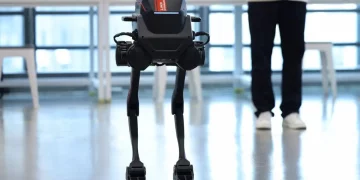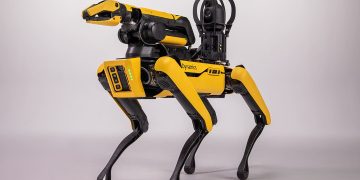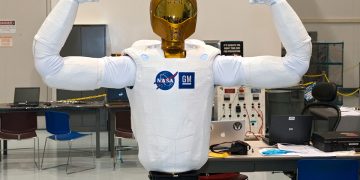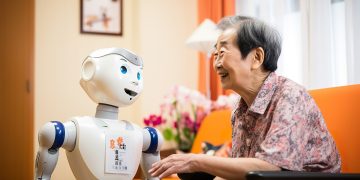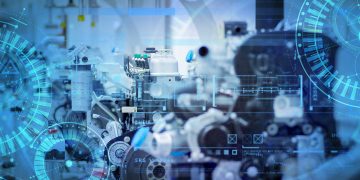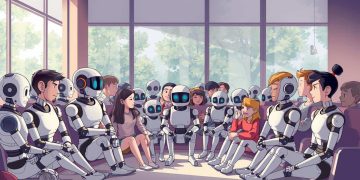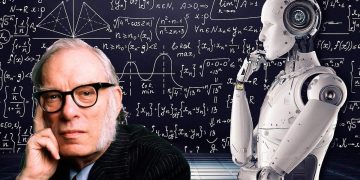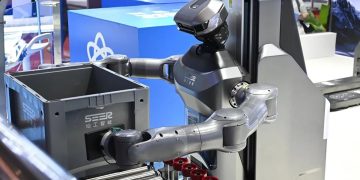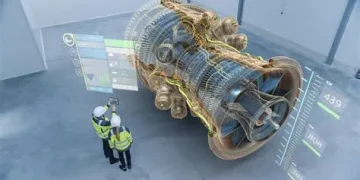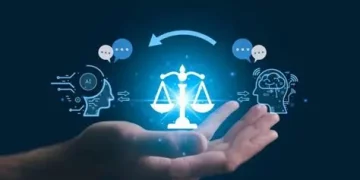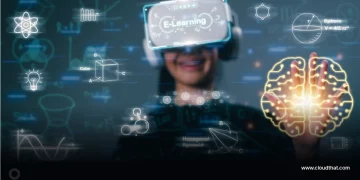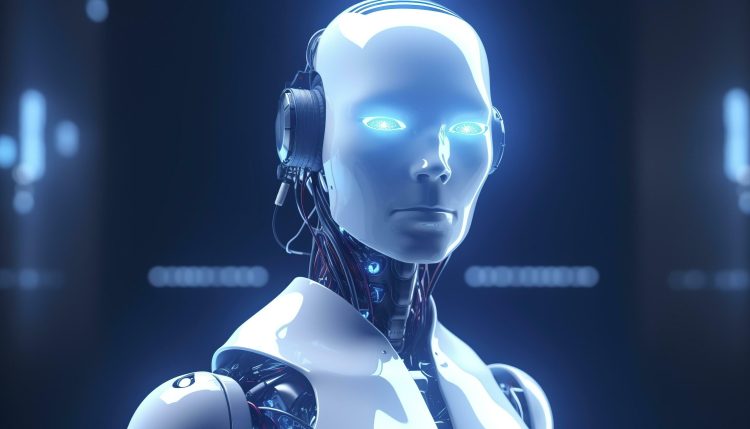By 2040, cities will no longer be defined solely by glass towers, autonomous cars, or data-driven management systems. They will be living, responsive organisms, blending artificial intelligence, robotics, and human culture into shared ecosystems of work, mobility, and community. At the heart of this transformation stand humanoid robots—machines designed to live, move, and think alongside people, embedded deeply into the physical and social infrastructure of future metropolises.
These cities will not merely be “smart” in a digital sense but symbiotic: systems in which humans and robots co-adapt, cooperating seamlessly across public spaces, transportation, and governance. From humanoid public assistants to maintenance crews and transit guides, robots will help sustain the rhythm of urban life. But this evolution will also demand rethinking architecture, regulation, and social ethics.
So what will a symbiotic human-robot city truly look like in 2040—and how will we build it responsibly?
1. From Smart Cities to Symbiotic Cities: A Paradigm Shift
The first generation of smart cities focused on efficiency—optimizing traffic, energy, and data flow. Sensors, IoT networks, and AI platforms acted as invisible managers of urban life. But in 2040, we are entering a new phase: the humanoid integration era, where robots are no longer background infrastructure but active social participants.
A symbiotic city differs from a smart city in three critical ways:
- Physical Interaction: Instead of just managing systems, humanoids physically interact with people—guiding commuters, assisting the elderly, repairing systems in real time.
- Adaptive Collaboration: AI and humans continuously exchange data to optimize decisions together (e.g., humanoids rerouting foot traffic while humans provide real-time feedback).
- Cultural Integration: Robots are not isolated tools but social agents embedded in everyday urban rituals—from education and healthcare to hospitality and entertainment.
This marks the birth of urban symbiosis—a city designed as a partnership between biological and synthetic intelligence.
2. Humanoids as Public Assistants, Transit Aids, and Municipal Workers
In 2040’s city centers, humanoid robots will occupy a visible and essential role in civic life. They will not replace human workers entirely but rather augment human capacity where endurance, precision, or risk management is key.
A. Public Assistants and Information Guides
Imagine entering a bustling train station: instead of static kiosks, humanoid attendants greet passengers, provide real-time schedule updates, and even translate across languages using adaptive speech algorithms.
These public interaction humanoids combine emotional AI with natural language processing, capable of interpreting tone, gesture, and urgency. They function as digital concierges, managing queues, aiding tourists, and ensuring accessibility for people with disabilities.
In cities like Tokyo or Singapore, early prototypes already exist—humanoids that guide metro passengers or patrol public squares. By 2040, these robots will be ubiquitous, personalized, and context-aware, capable of learning individual preferences and offering tailored routes or local suggestions.
B. Transit and Mobility Aids
Transportation will be the bloodstream of symbiotic cities, and humanoids will serve as its connective tissue.
- Autonomous Transit Coordination: Humanoids embedded within transport hubs will coordinate between vehicles, pedestrians, and drones using predictive AI to prevent congestion.
- Personal Mobility Support: Elderly or disabled citizens may have humanoid companions that assist with walking, carrying bags, or navigating crowds.
- Emergency Response Units: In case of breakdowns or accidents, humanoid teams will perform first aid, reroute traffic, and communicate with AI-managed emergency systems.
These robots will essentially replace the passive infrastructure of today (static signs, cameras) with interactive, adaptive nodes—living extensions of the smart city grid.
C. Municipal Maintenance and Environmental Management
Cities depend on constant upkeep—clean streets, functional utilities, and responsive public safety. Humanoid robots will handle many of these operational tasks with greater precision and safety:
- Urban Sanitation: Robots equipped with sensors can detect litter, air quality changes, or biohazard threats, autonomously cleaning and reporting anomalies.
- Infrastructure Repair: AI-guided humanoids can perform micro-repairs on electrical grids, water pipes, or solar panels in hard-to-reach areas.
- Green Management: In parks and green zones, humanoid gardeners will monitor soil health, maintain biodiversity, and even interact with citizens to teach sustainable habits.
Such systems form the civic backbone of the symbiotic city—robots as caretakers maintaining urban equilibrium.
3. The Invisible Network: Integrating Humanoids into IoT and Smart-City Backends
For humanoids to operate efficiently, they must be deeply interconnected with the city’s Internet of Things (IoT) and data infrastructure. Every robot acts as both a sensor node and a decision agent, feeding the city’s central intelligence cloud while executing local tasks autonomously.
A. City-Wide AI Coordination
By 2040, most cities will function on distributed AI grids—decentralized systems that allocate computational power dynamically. Humanoids will act as on-ground executors for these AI systems, carrying out orders while sending feedback data that refine algorithms in real time.
For instance, when a power surge occurs in one district, humanoids in nearby sectors might be redirected automatically to stabilize microgrids, reroute power, or inspect transformers.
B. IoT-Driven Perception and Navigation
Each humanoid connects with smart infrastructure: lampposts that transmit environmental data, roads that communicate traffic density, and buildings that self-report maintenance needs. This allows robots to perceive their environment with augmented awareness, navigating through invisible data fields overlaying the physical city.
Using V2X (vehicle-to-everything) communication, humanoids can seamlessly interact with autonomous cars, drones, and smart homes—forming a fluid network of mobility and service.
C. The Cognitive Cloud: Shared Learning and Evolution
A major innovation will be the rise of cognitive cloud systems, enabling humanoids to share experiences and learn collectively. If one robot learns to navigate a newly built subway, that knowledge instantly uploads to the cloud and becomes accessible to all.
This shared intelligence ensures that every humanoid, regardless of location, is continuously improving—a kind of urban neural network spanning human and machine minds alike.
4. Social and Spatial Planning for Human-Robot Coexistence
Integrating humanoids into public life isn’t just a technical challenge—it’s a social and architectural one. Cities must be redesigned to accommodate robotic motion and human comfort simultaneously, ensuring safety, efficiency, and psychological harmony.
A. Designing “Coexistence Architecture”
Urban spaces will evolve into mixed-mobility environments, balancing human spontaneity with robotic precision. Key features include:
- Wide, Adaptive Walkways: Sidewalks embedded with sensors to detect and adjust for humanoid foot traffic or crowd flow.
- Charging and Docking Zones: Discreet recharging hubs integrated into benches, lampposts, and walls.
- Human Comfort Zoning: Quiet areas or “robot-light zones” where human presence takes priority, addressing social fatigue or privacy concerns.
Architects will also consider line-of-sight design—ensuring humanoids can maintain spatial awareness without disrupting human aesthetics.
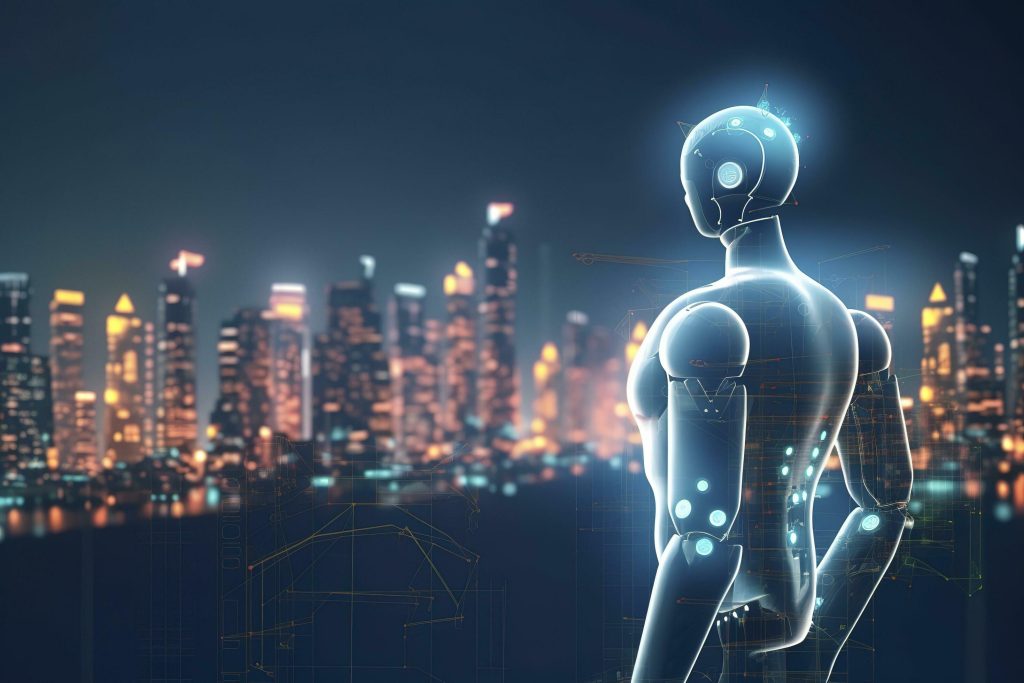
B. Emotional and Behavioral Adaptation
Humanoids in public spaces must understand human emotion and behavior. This involves real-time emotional mapping, social distancing algorithms, and nonverbal communication cues.
For instance, a humanoid might detect stress or fear through facial recognition and adjust its tone or posture to appear less intimidating. Such sensitivity transforms robots from mechanical agents into empathetic urban citizens.
C. Regulation and Ethical Oversight
Governments will need to establish robust frameworks to govern humanoid behavior, data privacy, and accountability. Core policy questions include:
- Data Ownership: Who controls the sensory data humanoids collect in public spaces?
- Safety Standards: How are accidents, malfunctions, or misinterpretations handled legally?
- Employment Balance: How to prevent displacement while promoting human-robot collaboration?
Cities like Seoul and Copenhagen are already developing robot integration charters, blending urban planning, ethics, and cybersecurity in preparation for humanoid inclusion.
5. Challenges on the Road to Symbiosis
Despite the promise, symbiotic human-robot cities face deep challenges—technological, ethical, and cultural.
- Energy Demand: Thousands of humanoids operating simultaneously could strain urban power grids, demanding renewable, decentralized energy solutions.
- Cybersecurity Threats: A compromised humanoid network could endanger citizens; thus, quantum encryption and local data isolation will be essential.
- Social Acceptance: Public trust remains fragile. Transparent governance and co-design initiatives will be needed to prevent fear or resentment toward humanoids.
- Legal Identity: As humanoids gain autonomy, questions will arise about their legal personhood, responsibility, and rights—echoing debates about AI citizenship and liability.
Overcoming these obstacles requires interdisciplinary collaboration—engineers, policymakers, ethicists, and citizens co-creating a new social contract for cohabitation.
6. The Global Picture: Prototype Symbiotic Cities Emerging
Around the world, early versions of symbiotic cities are already being tested:
- Tokyo, Japan: Integrating humanoid assistants in airports, train stations, and elderly care centers.
- Dubai, UAE: Deploying humanoid police officers and concierge robots in smart government buildings.
- Singapore: Creating fully IoT-synchronized districts with AI-managed waste, traffic, and climate control systems.
- Copenhagen, Denmark: Testing humanoid municipal workers for environmental monitoring and park maintenance.
- Seoul, South Korea: Developing the “Robot-Friendly City Initiative,” blending humanoids into logistics, tourism, and education sectors.
These experiments represent the early stages of a new urban species—the city itself as a collective intelligence composed of humans, machines, and data.
7. The Future: Symbiosis as the Soul of Tomorrow’s Cities
By 2040, humanoid integration will not be a luxury but a necessity. Climate adaptation, urban density, and aging populations will demand intelligent partners capable of filling the gaps human systems cannot.
Yet the ultimate goal of symbiotic cities isn’t technological—it’s philosophical. The measure of success will not be how robotic a city becomes, but how harmoniously humans and machines coexist. A truly symbiotic city nurtures both: human creativity and robotic reliability, emotional intelligence and computational logic.
In such a city, you might walk home at dusk through softly glowing streets, humanoid gardeners trimming foliage, robotic guides helping tourists navigate the skyline, and sensors invisibly syncing with your wearable health AI—all working together in a quiet choreography of care and intelligence.
It will be a city alive—not just with people, but with purpose.





